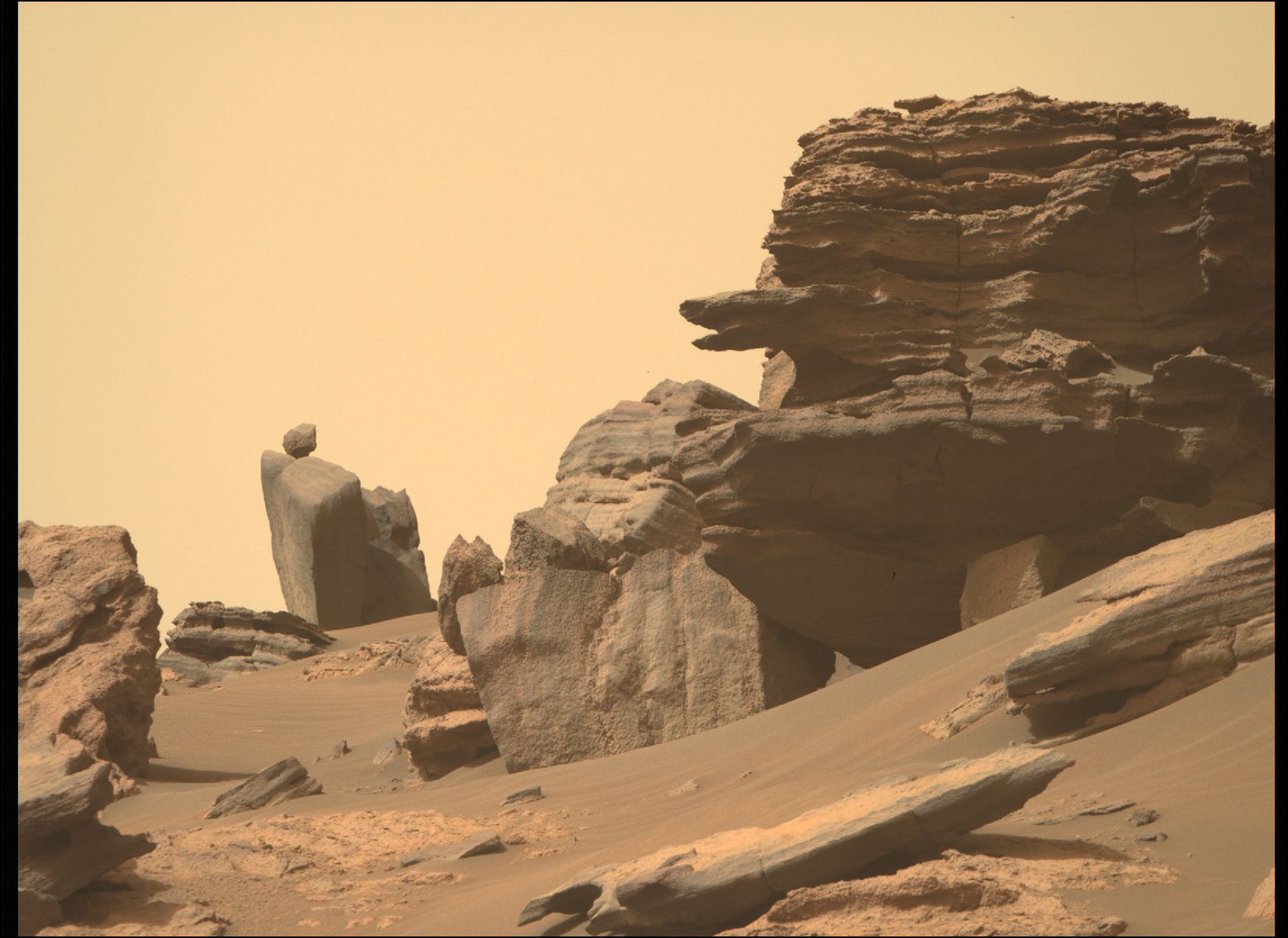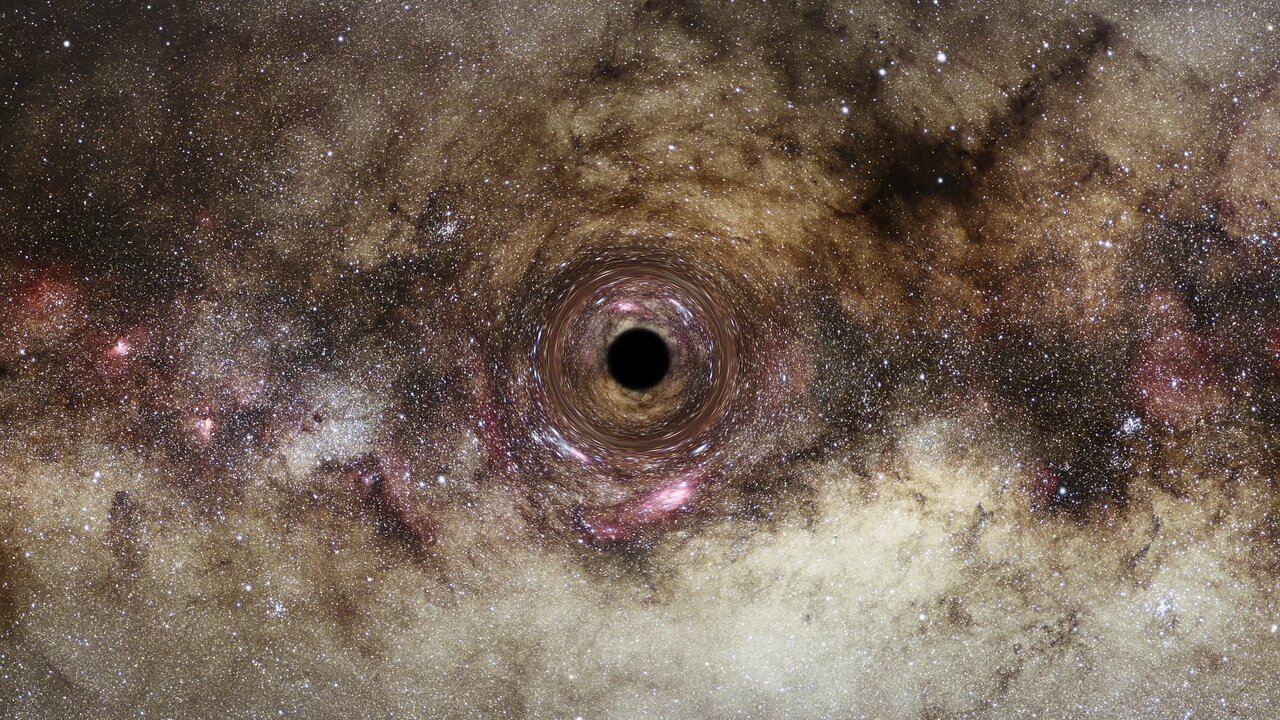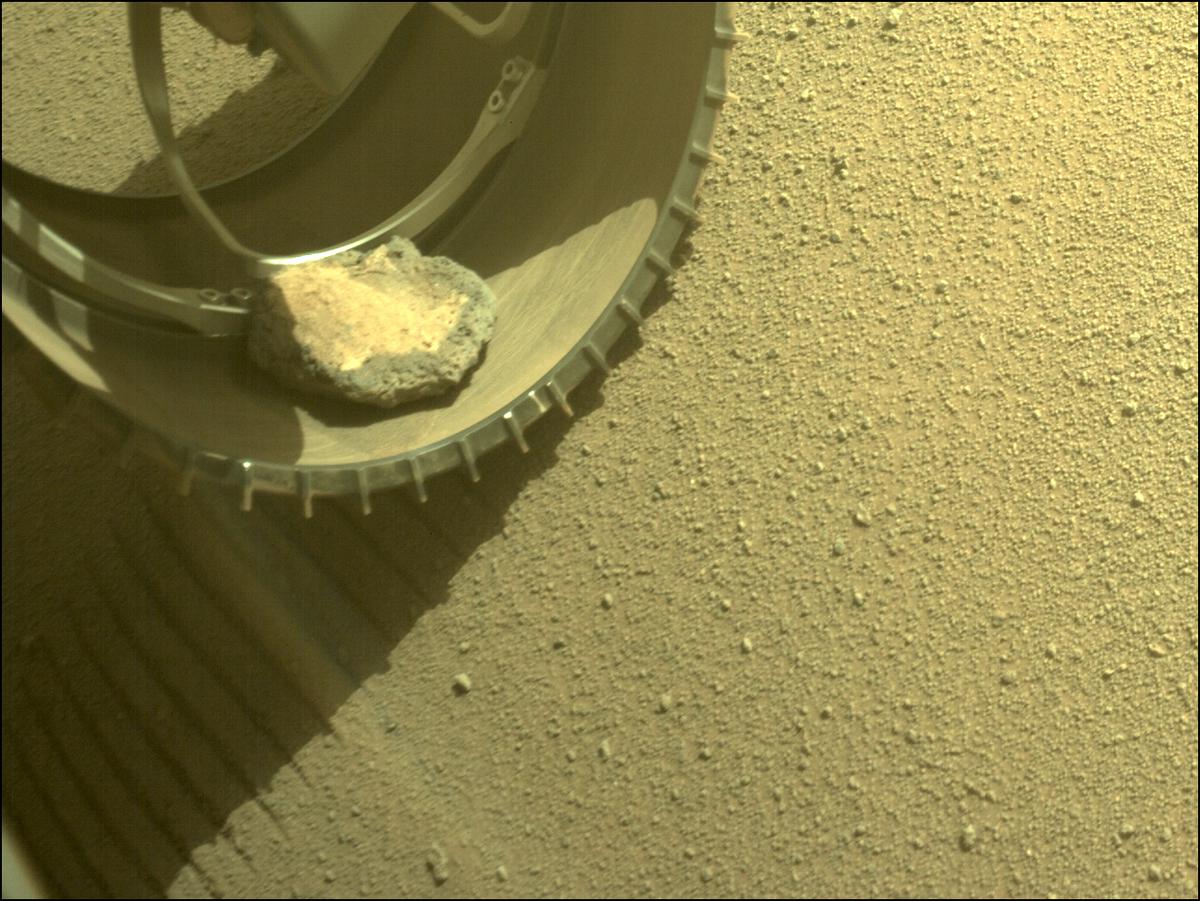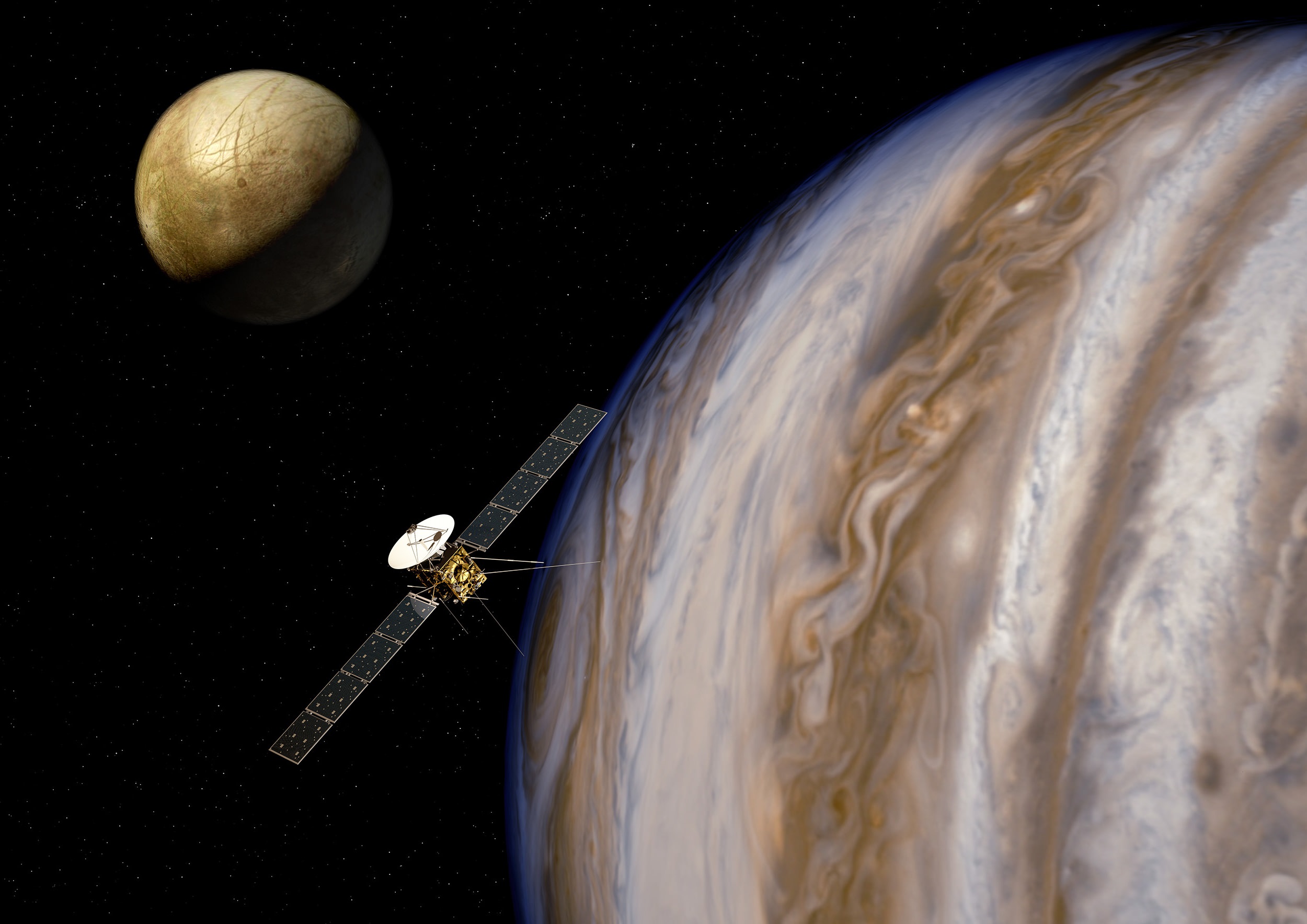The Perseverance rover has begun exploring a region that looks a little like Monument Valley in Arizona and Utah in the US, or perhaps like a set on an old sci-fi movie. The rover’s science team has nicknamed the area “Hogwallow Flats,” and the rock formations in this area on Mars are stunning in their varied and sometimes absurd shapes and structures. One wonders what took place here eons ago to create the weird variety of formations.
While small, one feature catches the eye: a smaller rock that appears to be perfectly perched and balanced on top of a larger rock formation.
Continue reading “A Perfectly Balanced Rock Seen by Perseverance”









